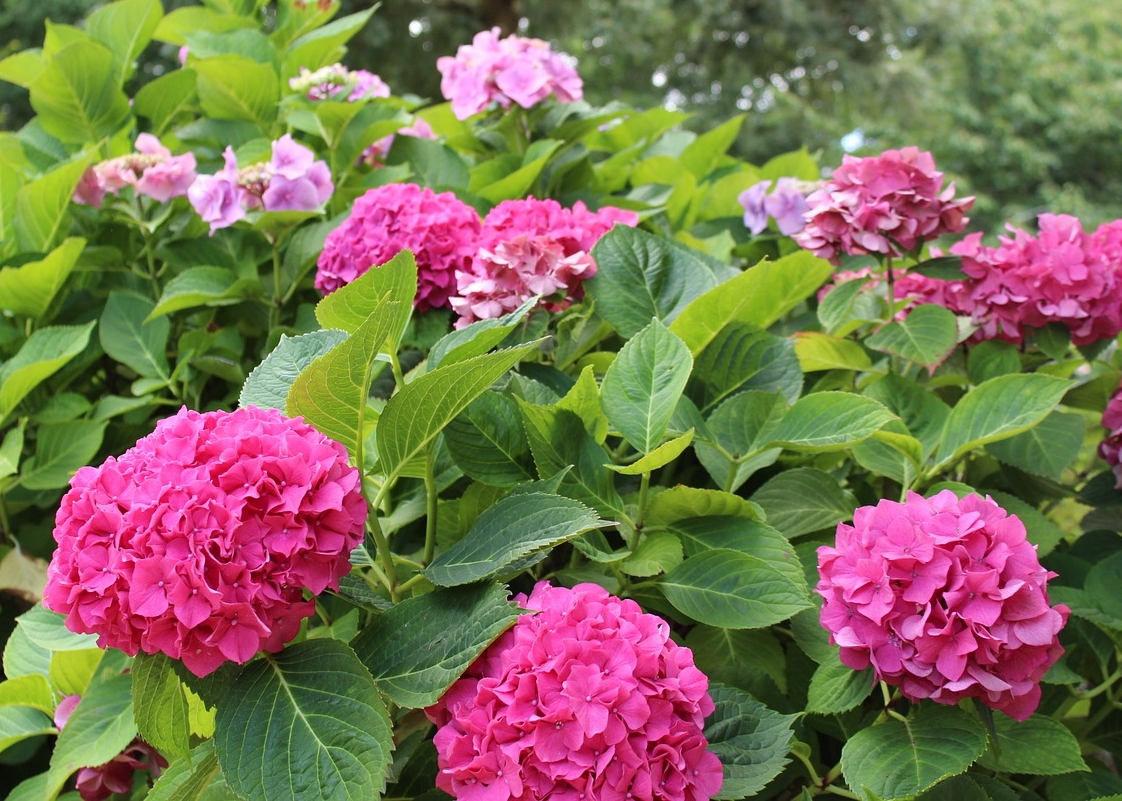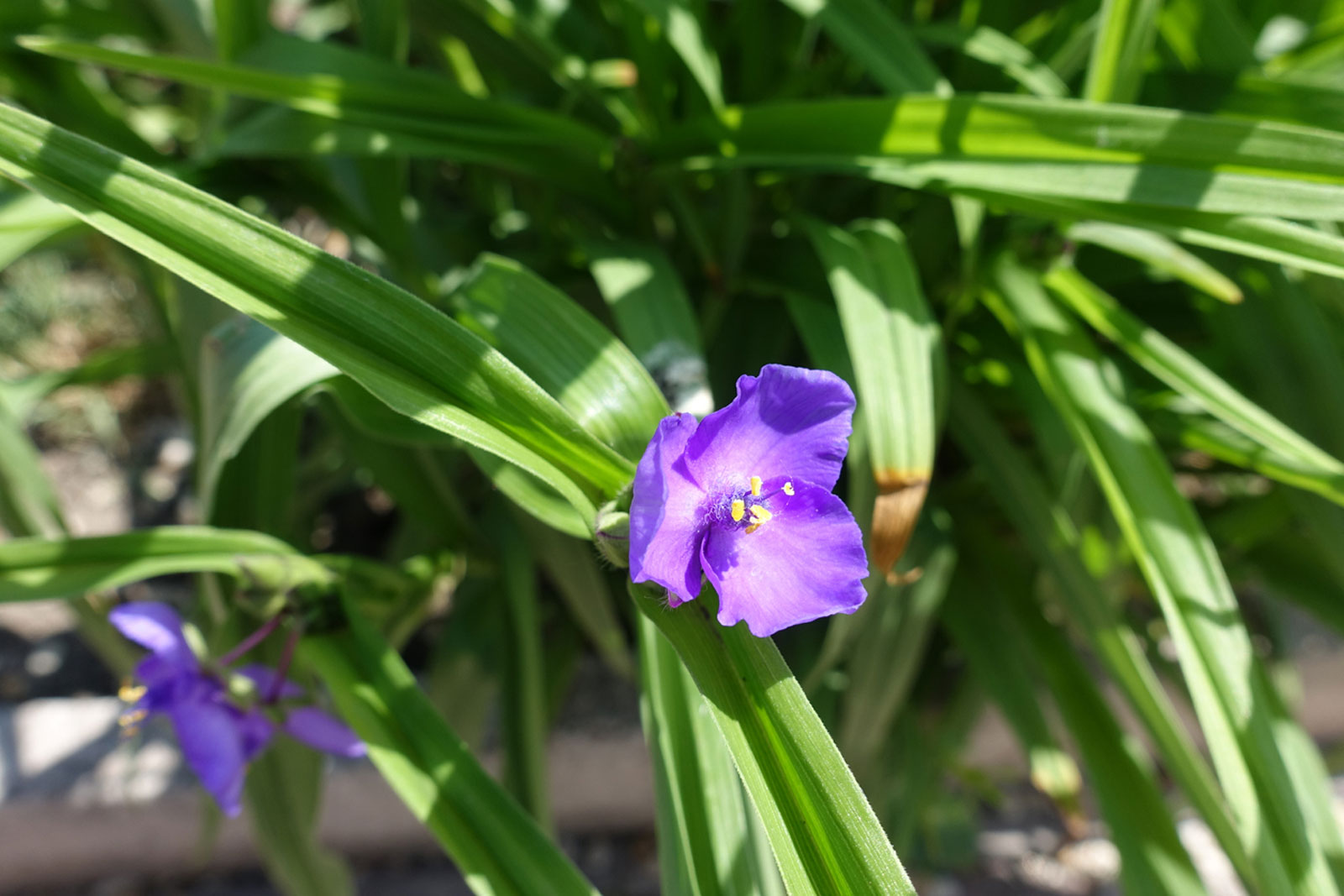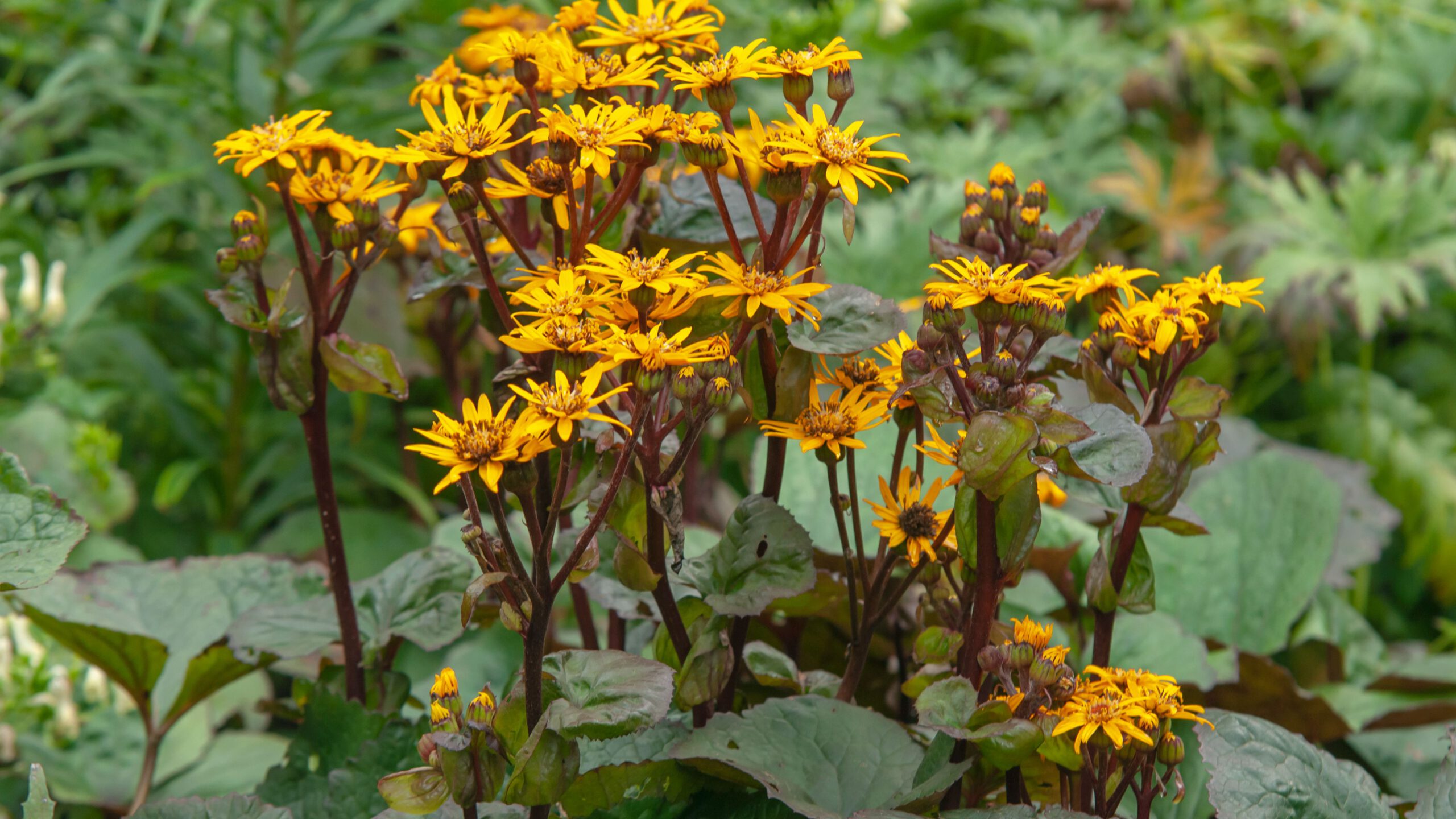21 Best Shade-Loving Flowers for Your Shade Garden
You want to plant a blooming shade garden, but you don’t know what flowers will thrive in partial shade. Many flowering plants require full sun to grow and bloom properly. However, there’re some flowers that can do well in shaded areas.
Many of these shade perennials come in a wide variety of colors and characteristics. For example, some will grow relatively large while others will stay petite and remain close to the ground. You will be spoilt of choice when it comes to choosing shade-loving flowers. To make your work easier, here is a list of the best shade-loving flowers to add to your garden.
1. Astilbe
Astilbe is an incredible plant that is suitable for your garden shade. However, it requires lots of water for it to thrive. You must ensure that it doesn’t dry out. So, the best way to cultivate it is to plant it near a pond or stream of water.

Image caption: https://images.saymedia-content.com/
They are slow-growing and produce plume-like flowers on stalks above the foliage in the spring and summer. They do well in partial shade but can also tolerate heavier shade. But they won’t achieve their maximum size in full shade.
2. Hydrangea
This plant can be cultivated in partial shade but prefers full sun. It produces flower buds that are blue-green. You may also purchase some hydrangea shrubs that are pink or pinkish-red in color, which is more suitable for partial shade conditions.

Image credit: https://www.almanac.com/
Some hydrangeas bloom in large, round clusters, while others have smaller, flatter appearances. It produces oodles of impressive flowers from early summer to fall.
They also do well under tall deciduous trees. Planting them in areas with low light can reduce their flower output, while too much sun and heat can wilt the plant. They should get some morning sun then followed by afternoon shade. Also, make sure you give them extra water during hot days.
3. Bleeding Heart
This beautiful flower gets its name from the fact that it bleeds out watery sap when cut. The bleeding heart loves shade and mulch yet can’t handle too much cold. It is often found in moist conditions with dark, rich soil. When transplanting bleeding hearts, you should place them 6-12 inches deep while ensuring they are standing upright.
The bleeding heart needs plenty of water during the first week. Too much sun can also interfere with flowering. Apart from the partial shade, you should also select a planting site that’s protected from strong winds because flowers are delicate. When watering, make sure you keep the soil moist and not soggy.
4. Spiderwort
Spiderwort is the favorite of many gardeners because of a few reasons. It’s a shade-loving perennial that can do well in moist soil with good drainage. Although it doesn’t require much maintenance, you should still act fast when you notice that your plant isn’t doing too well.

Image caption: https://www.gardeningknowhow.com/
You will need to keep the soil free of weeds while also avoiding overwatering. When winter arrives, make sure you protect your Spiderwort because they will most likely perish without protection. It features long leaves and blue purple flowers. It’s also perfect for shaded areas of your garden and prefers moist and well drained soil.
5. Bellflower
Bellflowers or Campanulas are perennials that can be planted in spring and summer. To have a successful garden, keep the blooms away from your vines as they will block sunlight. The blooming season of this flower runs from June through your first frost.
The soil should be kept moist and well-drained for these flowers to blossom. Keep the weeds away because it will use all the nutrients that your Bellflowers could otherwise use.
6. Yellow Fumitory
Yellow fumitory or Fumaria officinalis is not a parasitic plant, but it does require some nutrients from its host. This yellow flower needs either grass or clover so that it can grow well. So, make sure you plant it in a cooler area of your garden. It grows from about 8 to 20 inches tall and has beautiful yellow blooms.
7. Solomon’s Seal
This flower is also called False Spikenard, and it’s native to North America. It blooms early in the spring before trees begin to bud. The plant can grow up to almost 3 feet tall and has scarlet-orange flowers that look like bells.
This partial shade lover produces small, lengthy, tube-shaped flowers which hang from the stems. Expect its blooms to appear in late spring and last throughout the summer. The blooms turn bluish-colored berries while summer leaves and fall begin.
8. Foxglove
This is another type of flower that you should give a chance in your garden. This perennial plant blooms when exposed to the sun’s heat; that is why it blooms in the early summer with clusters of tubular flowers. It produces tall, spiked flowers in mixes of white, pink, and Light Purple.
This wildflower prefers moist, rich soil to grow in your garden. Foxgloves are great for adding color to an area with partial shade exposure, plus it has beautiful flowers that will look amazing when allowed to grow.
9. Jack Frost Aster
This wildflower is also called “Frost Flower” and can be found throughout wet meadows, grasslands, and open woods. It has small white flowers that bloom during the fall to attract insects for fertilization. The blooms of this wildflower remain until winter, so it has another name as “Snow Queen.”
10. Fuchsia
This type of wildflower is also called Crimson Rambler because it has colorful, fuchsia-colored inflorescence. Another name for this plant is “Princess Feather,” named after the flower that resembles a feather. This flower can grow up to 12 feet tall and 8 feet wide, with an equal spread. Other names: “Old-Fashioned” and Rambling Rector.
If you like hummingbirds, you should know how to plant and care for the hardy fuchsia perennial. Expect the tubular to bloom from spring to the first frost of your season.
11. Coral Bells
Coral bells are native to the United States from New England west to North Dakota and south to Florida and Texas. This plant prefers shady areas but will tolerate a little bit of sun. Uh, its soil requirements should be moist but well-draining, rich in organic matter.
Coral bells should be planted in early spring or fall. The leaves will turn an awesome red in the fall. Do not let the soil dry out when it is dormant; otherwise, your plant will die. They grow lower to the ground with small spiky flowers which begin in the spring. It requires less maintenance, making it thrive with less attention.
12. Monkshood
Monkshood also goes by the name of wolf’s bane of aconitum. It needs a moist, shady area to grow well in a temperate climate. Test the soil pH to ensure it’s under six and is not particular about what type of soil it grows in. Monkshoods are poisonous, but they make up for it with their beauty.
They provide great flowers for bees and butterflies. This deer-resistant plant has sturdy green stems and gorgeous blooms that are either purplish color or deep blue. It adds a layered look to your shade garden because it can grow as high as 3 feet.
13. Leopard Plant
Leopard plant also goes by the name of golden groundsel and golden ragwort. It grows well in a place that is damp but not too moist. It isn’t particular about habitat, just as long as it gets at least 6 hours of sunlight every day. Leopard plants produce large yellow flowers that have a leopard-like shape hence the name. It’s also a perennial for shade gardens.

Image caption: https://www.thespruce.com/
14. Bear’s Breeches
This shade garden favorite is the largest of all perennial plants. It has bell-shaped blooms that can grow up to 1 foot in diameter and produce dark green leaves with silver patterns. Moreover, this plant also provides visual interest throughout the four seasons by changing its appearance from spring through winter.
With a height of 3 to 5 feet tall, this plant requires a large growing space. Hardy down to zone 6; forgetting these perennial plants is very difficult.
15. Green and Gold
The name is somewhat misleading because this plant has yellow flowers with green markings. Although it’s not native to North America, many gardeners use this plant to substitute for Green-and-Gold (Loropetalum chinense). Now thanks to its popularity, you can already find Green and Gold in local plant nurseries.
16. Mourning Widow Perennial Geranium
Of all perennial geraniums, this is the best variety to grow in colder climates. It can survive winter, and it can grow beautifully too. While other geraniums’ flowers only last for 10 minutes, the Mourning Widow’s blooms stay for up to five days.
The green leaves of this geranium are splotched with central-chocolate brown marking and dark maroon-purple. It grows up to two feet tall and requires very low maintenance.
17. Toad Lily
This is a hybrid plant that comes from a cross between Lilium henryi and Lilium pardalinum. Its scientific name is “Tricyrtis hirta,” It can also be found in Asian countries like Japan, China, Korea, Mongolia, and Taiwan.

Image caption: https://gardenbeast.com/
If you want this variety to grow in your backyard, make sure there’s a good amount of moisture during the first years of its life. It produces tall flower stalks, growing up to 1 meter tall, and has an amazing fragrance. Toad Lilies are among the most unique shade-loving perennial flowers.
With an almost ground orchid-like appearance, both the plant and late-season blooms can stop your neighbors in their tracks. They come in several varieties, but most have white blooms splotched with pink, rose, and burgundy speckles.
18. Creeping Veronica (Veronica Repens)
Another shade-loving plant, creeping veronica, is an evergreen perennial with semi-succulent leaves. This trailing perennial dies back to the ground in colder regions, but its roots remain alive throughout the winter. Creeping Veronica produces spikes of blue flowers that bloom across spring and summer.
It thrives in partial shade and moist soil that is well-drained. Like most plants of the Polemonium genus, creeping veronica is deer resistant. The bright blue flowers in late spring have white and green glossy trailing foliage that turns burgundy in the summer.
19. Lungwort (Pulmonaria)
A traditional favorite of the shady gardens, lungwort (Pulmonaria) is an herbaceous perennial with spiky leaves and striking blue flowers. Native to Europe, this garden escapee is hardy in the Northeast United States and southern Canada. Lungwort grows best in partial to full shade. It begins to bloom in early spring as the flowers also begin to clump together.
The blooms are bell and funnel-shaped and grow in clusters. It can also tolerate more sunlight when the weather is still cool. Too much light can burn the foliage, whereas too much shade can reduce flowering.
20. Lily of the Valley
This is a hardy ground cover with arching medium green leaves and petite, fragrant, white flowers streaked with purple. Although they are evergreen, the leaves will turn yellow in fall when night temps drop below 55˚F.
They can tolerate direct morning sun, but you need to protect them from the strong afternoon sun. Full sun is essential in a warm climate, and make sure you water them to keep the soil lightly moist and not soggy.
21. Lamb’s Ear
This is a low-growing ground cover with silver-gray, beautiful foliage. Although they are considered evergreen, lamb’s ear leaves will turn yellowish in winter when night temps go below 50˚F.
They need to be planted in well-drained soil and can tolerate afternoon shade, but you have to protect them from the strong afternoon sun. They will grow in almost any light condition, but full sun is best in warm climates. Make sure you water them to keep the soil lightly moist and not soggy. Also, learn how to control and care for lamb’s ear for them to grow well.
Final Thought on Best Shade Loving Flowers for Your Garden Shade
There, you have it! There are so many shade perennials that you can incorporate in your compound, whether indoors or outdoors. These shade gardens are not only attractive but also give your home a beautiful fragrance.
The post 21 Best Shade-Loving Flowers for Your Shade Garden appeared first on Kitchen Infinity.
Did you miss our previous article…
https://public-kitchen.org/?p=139


